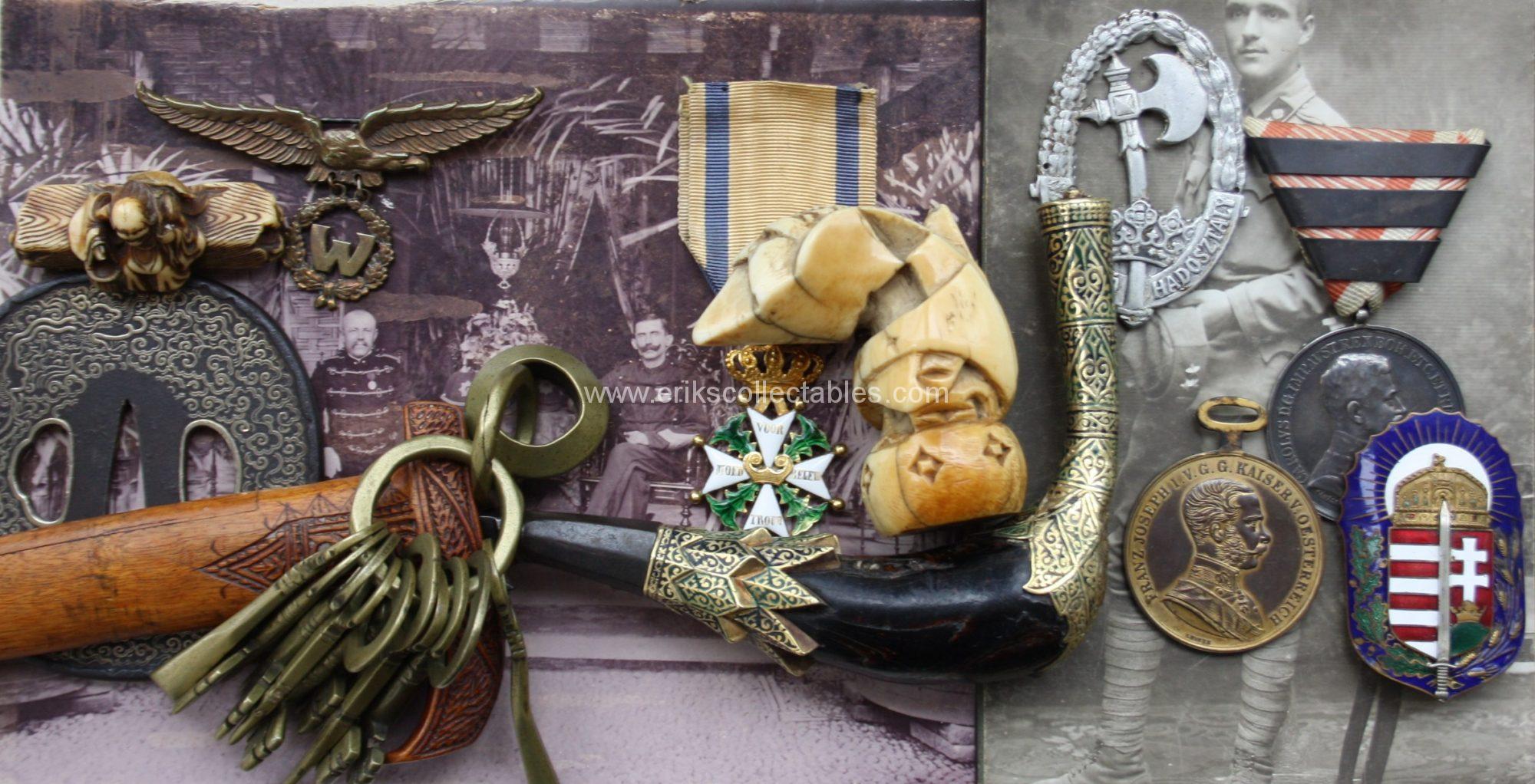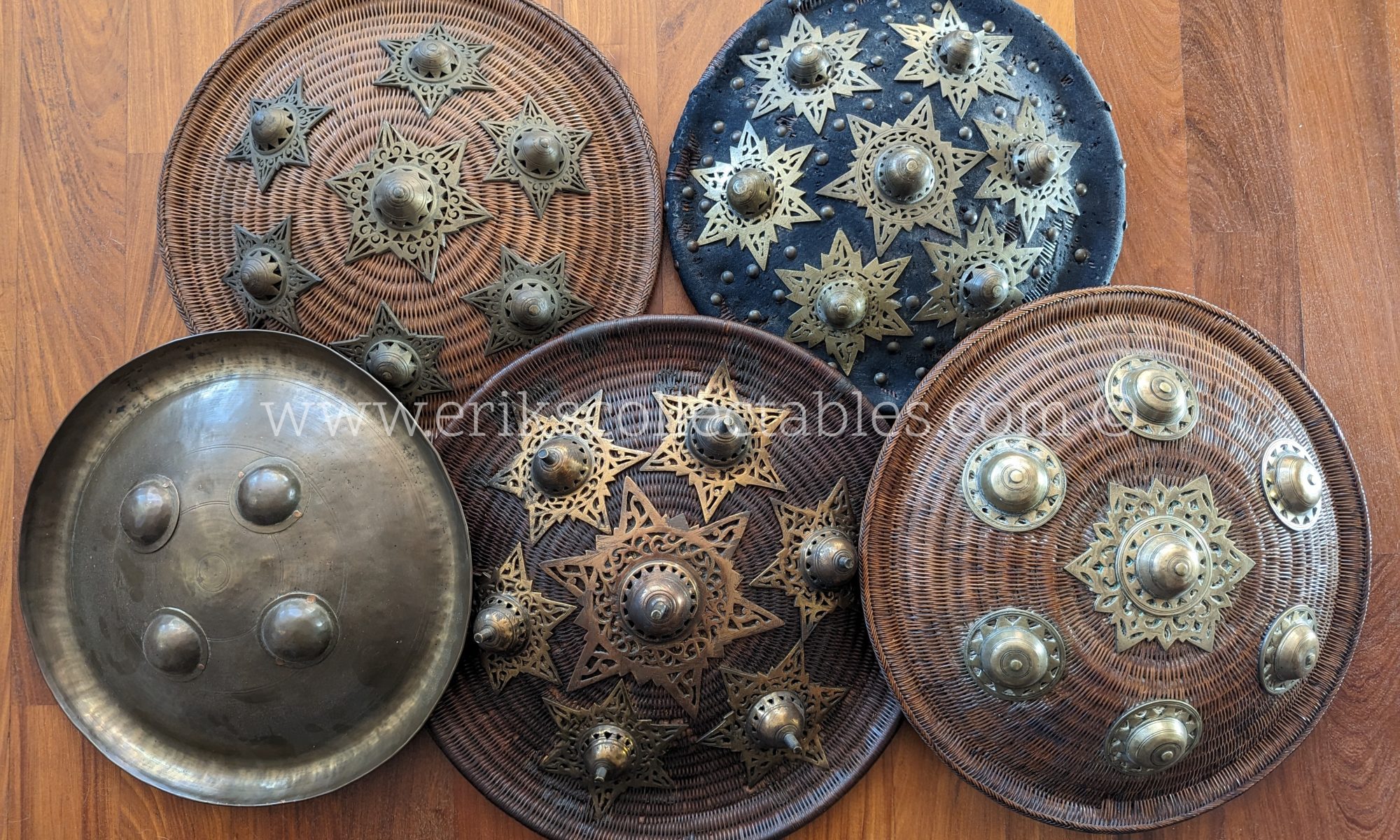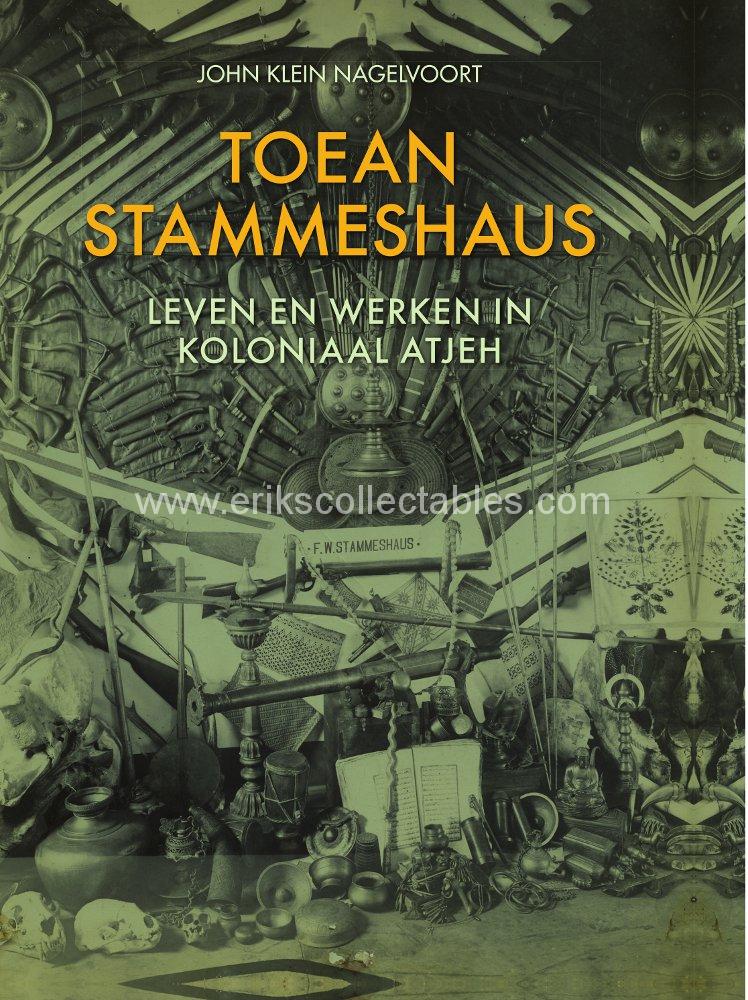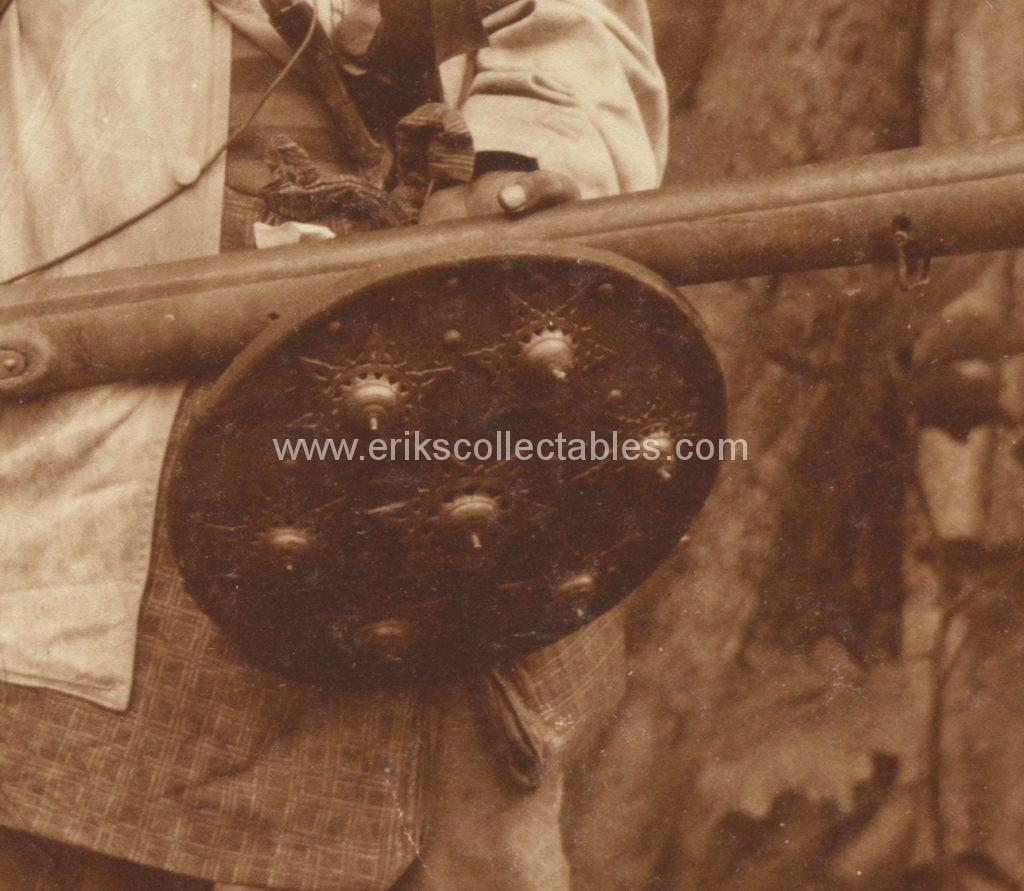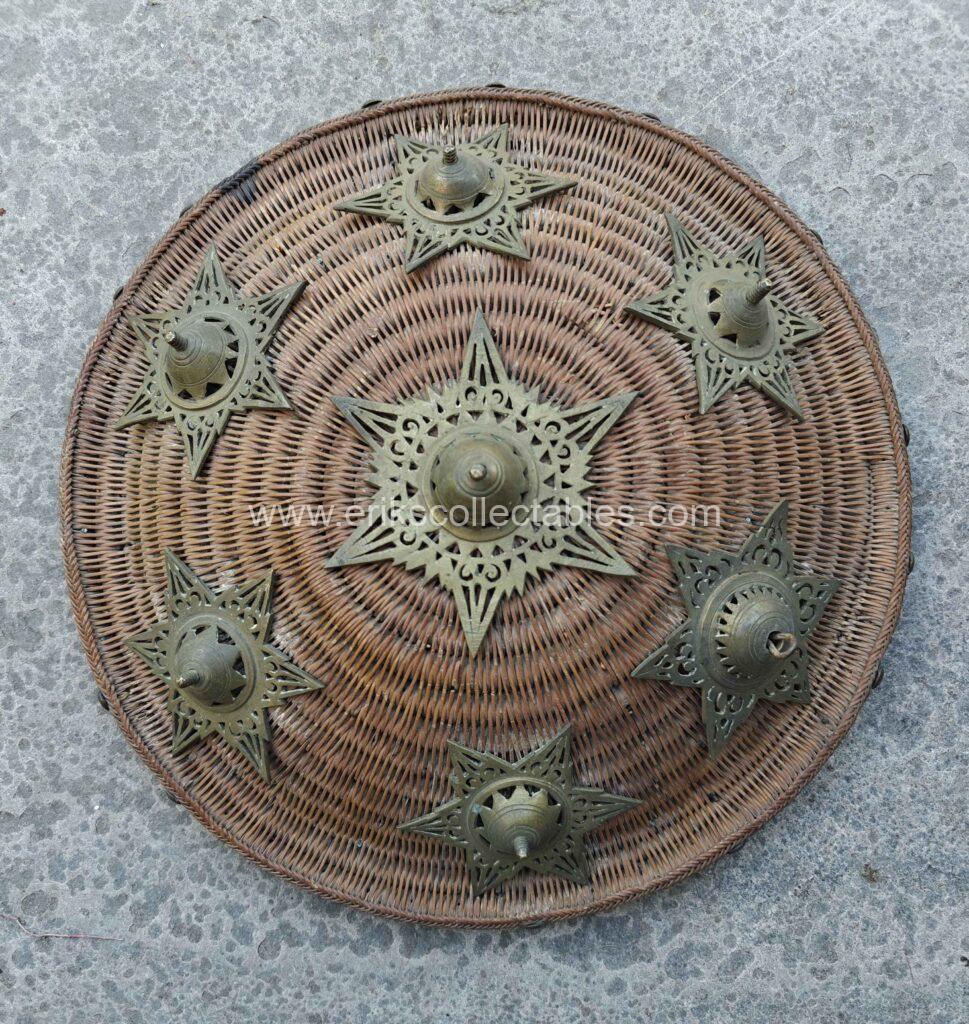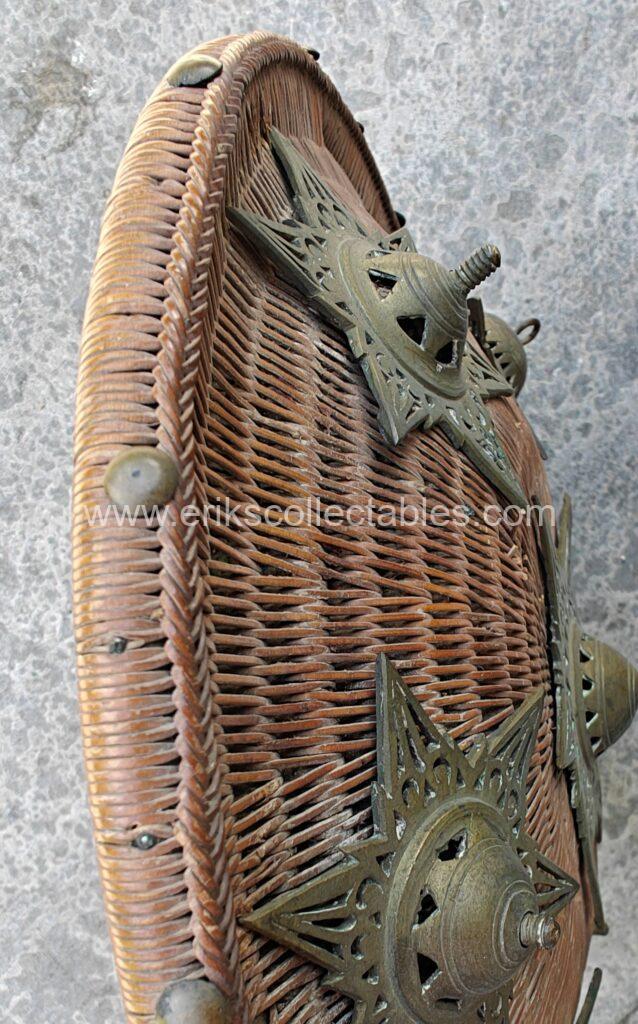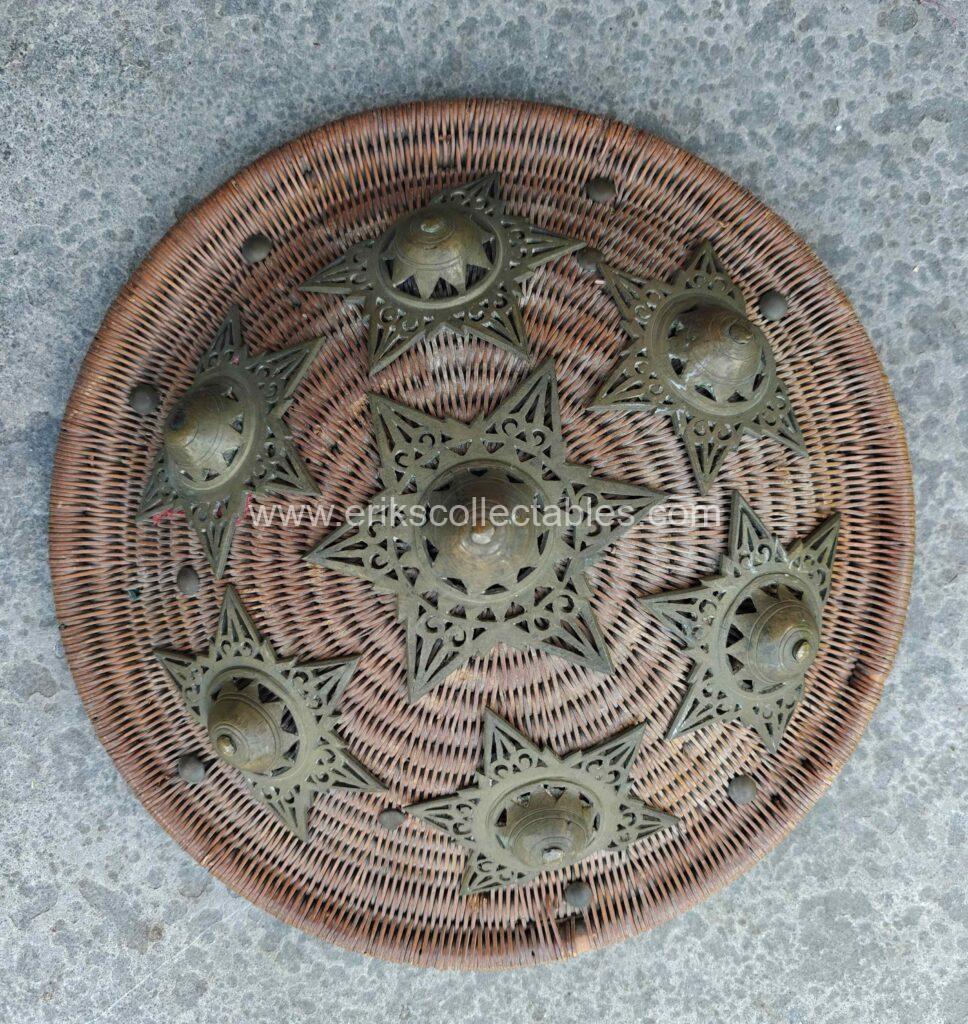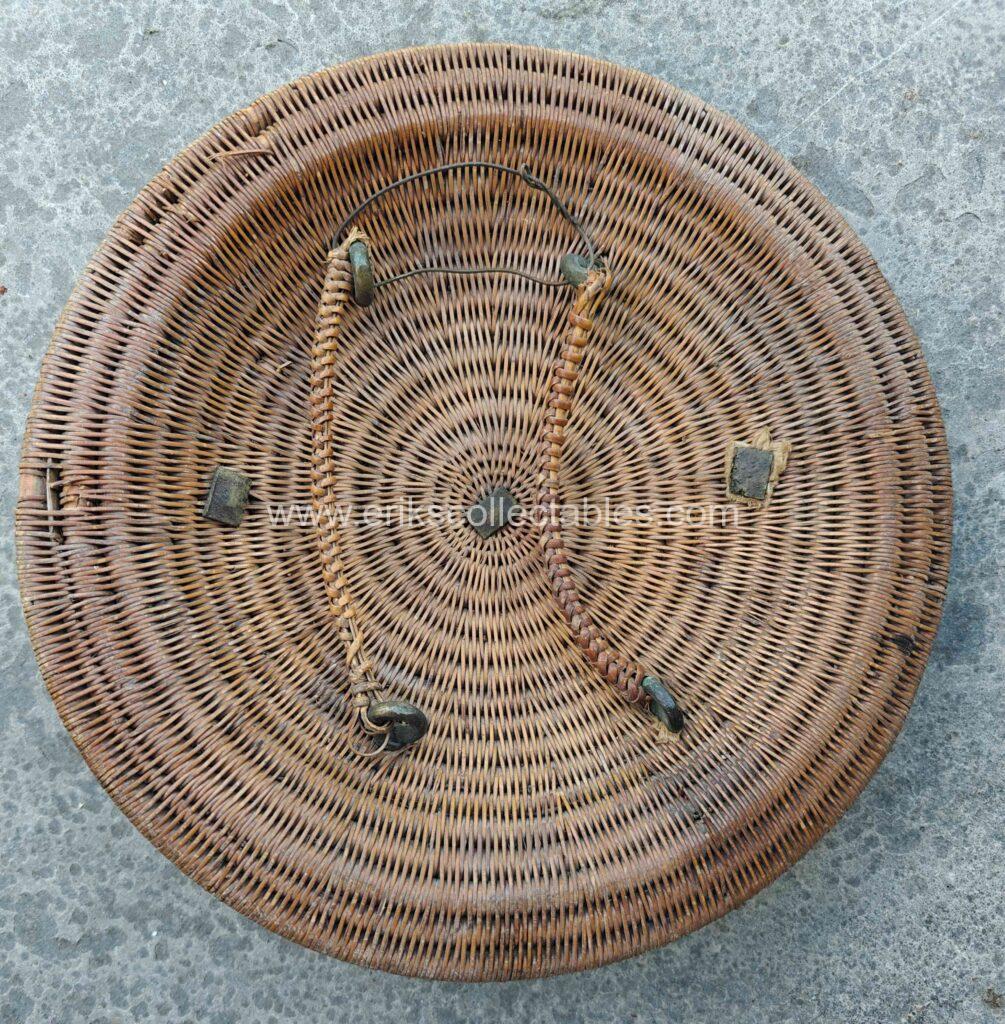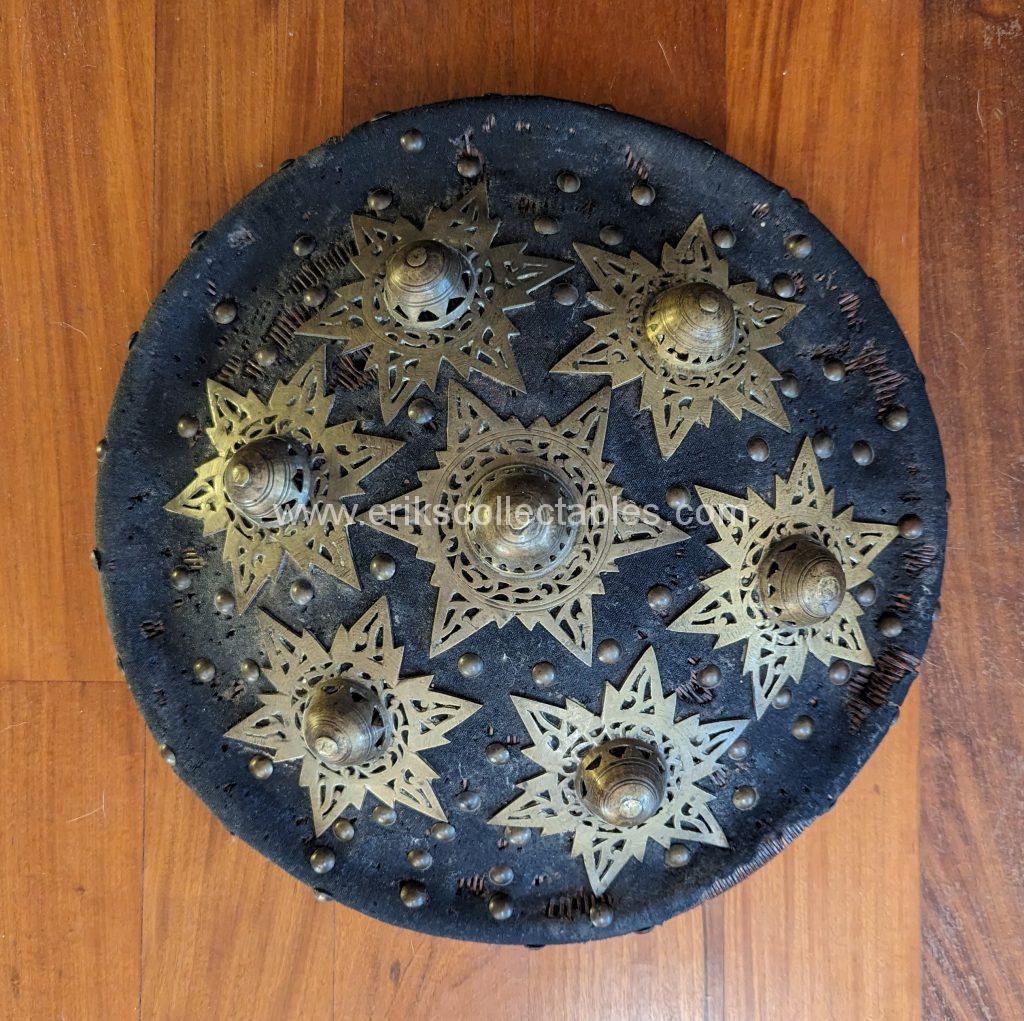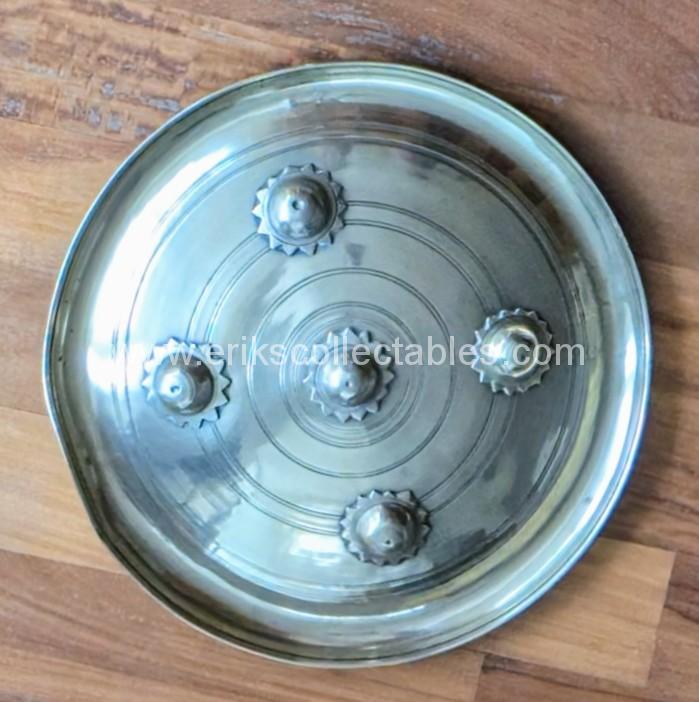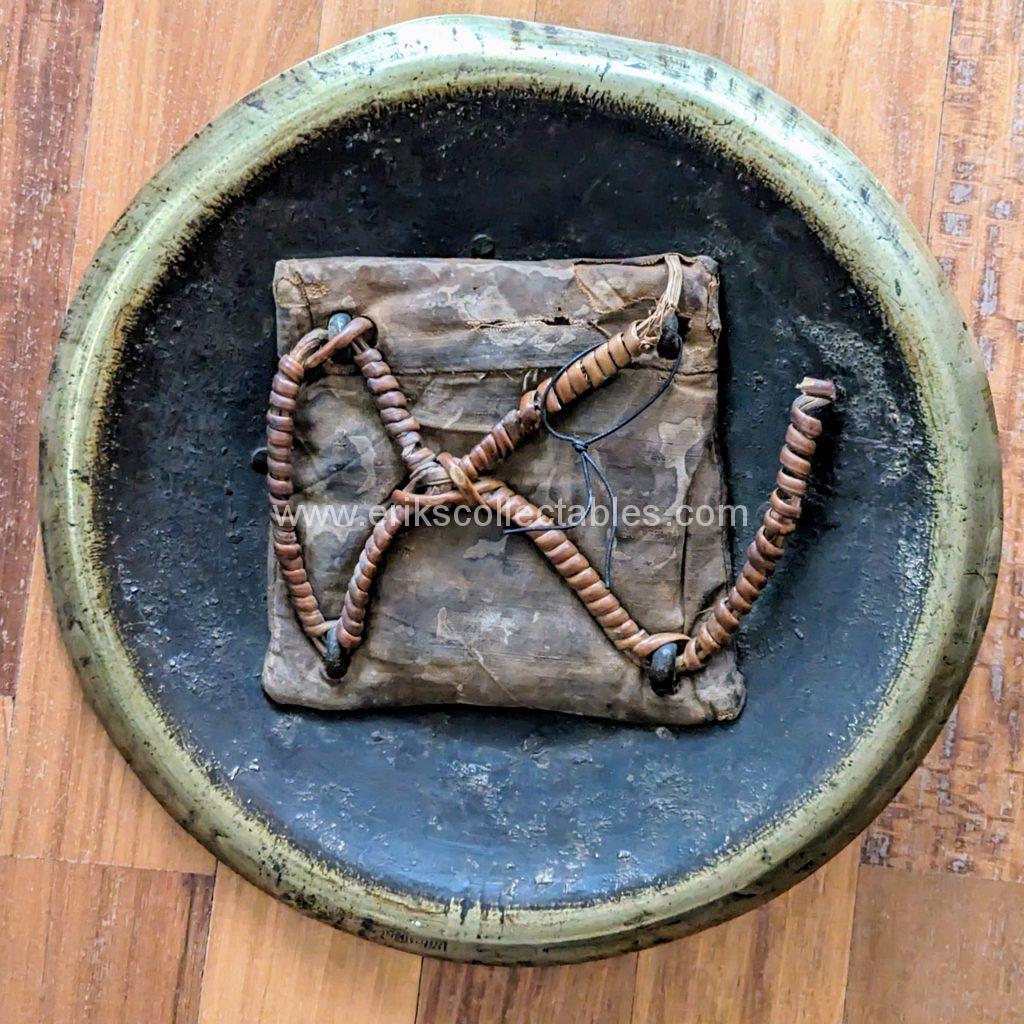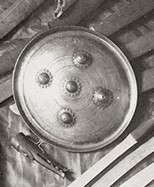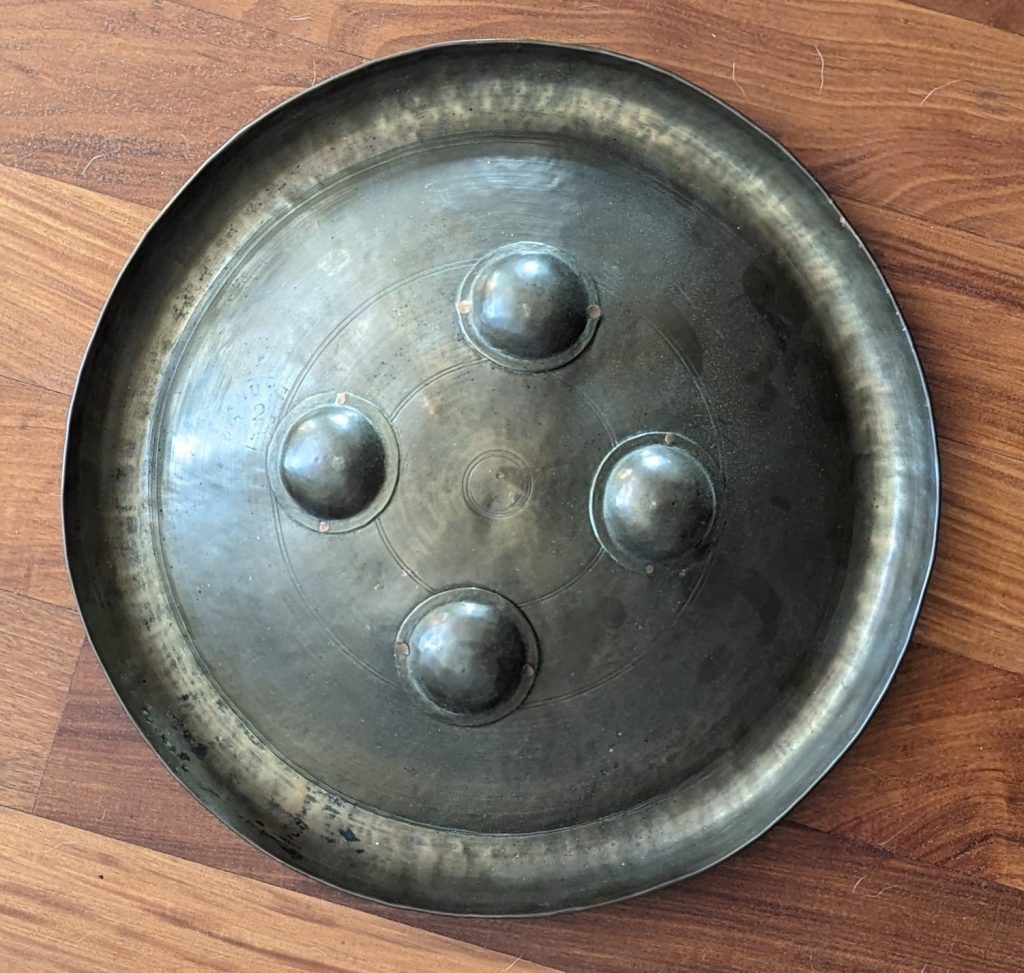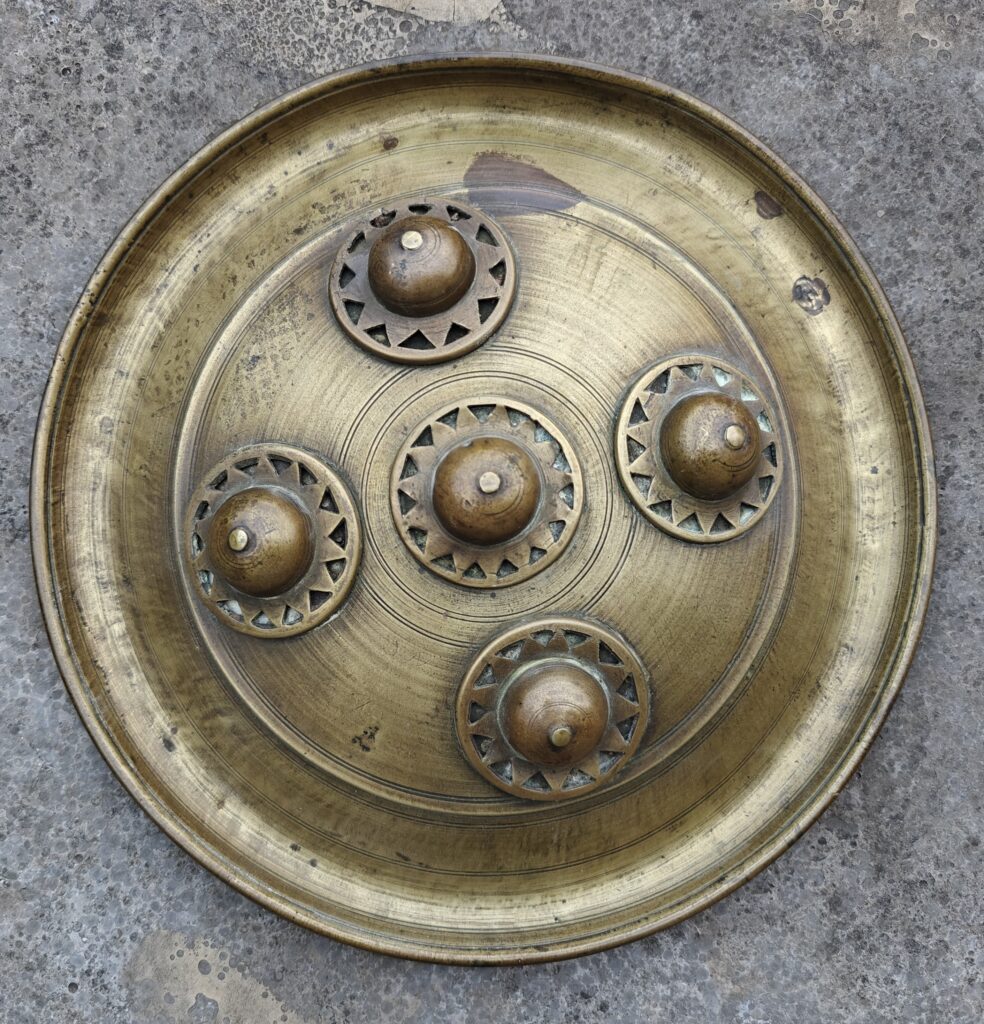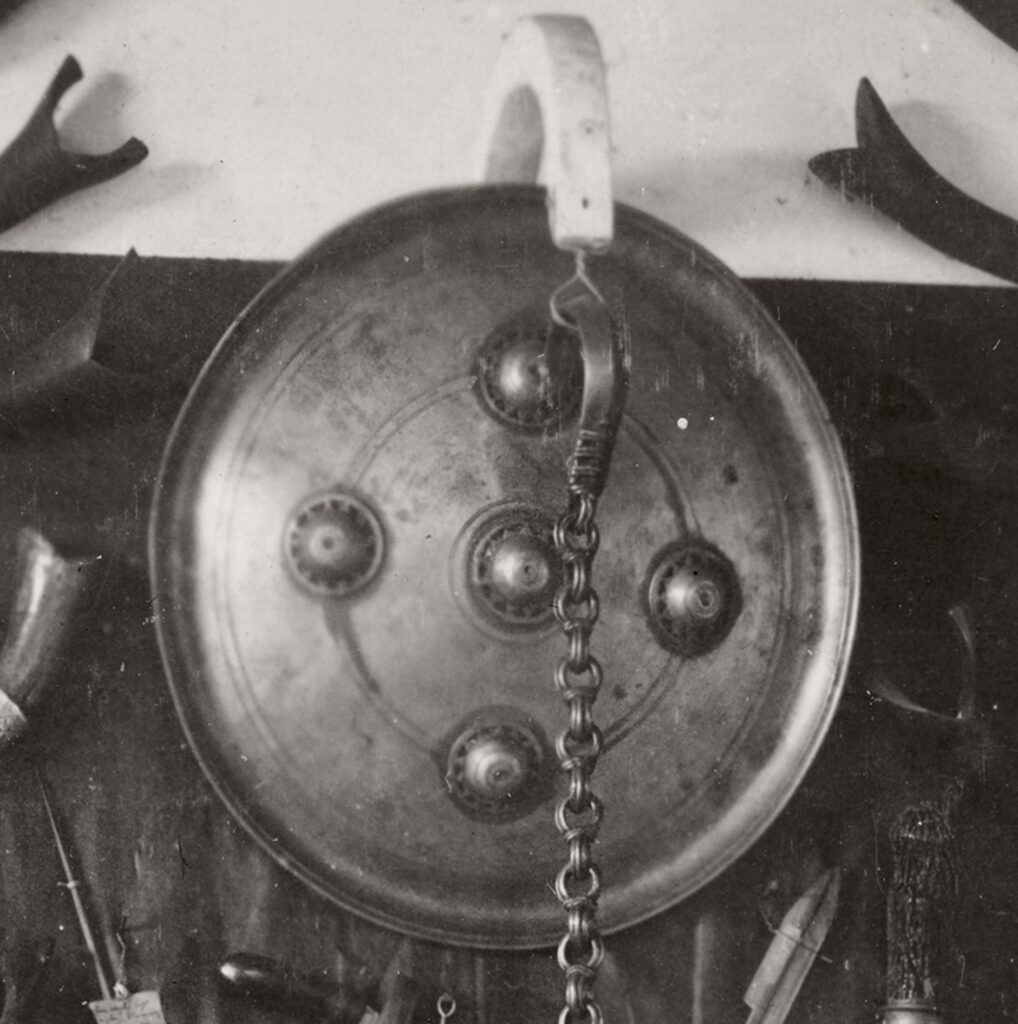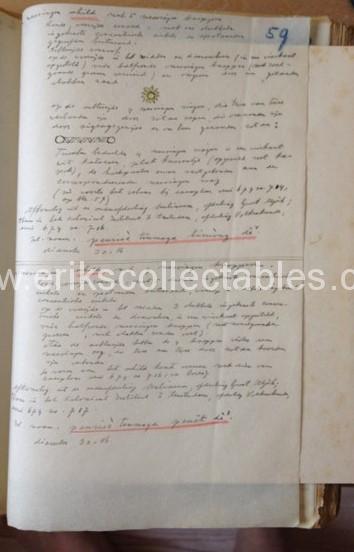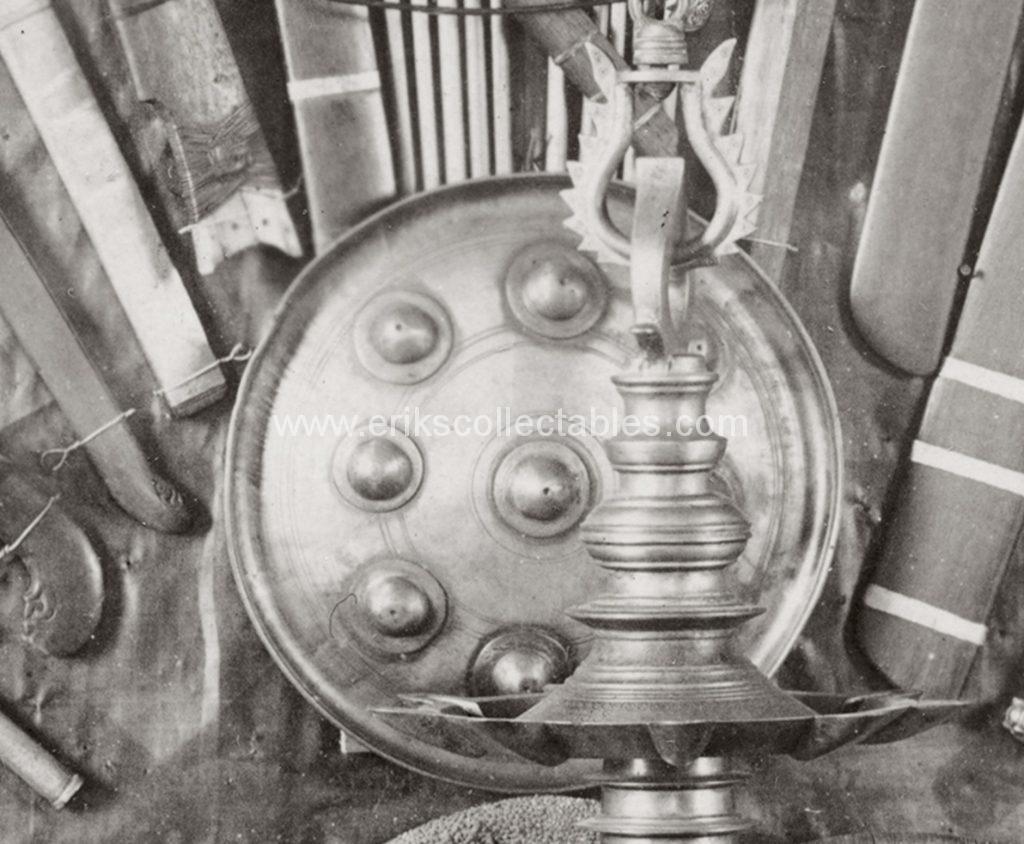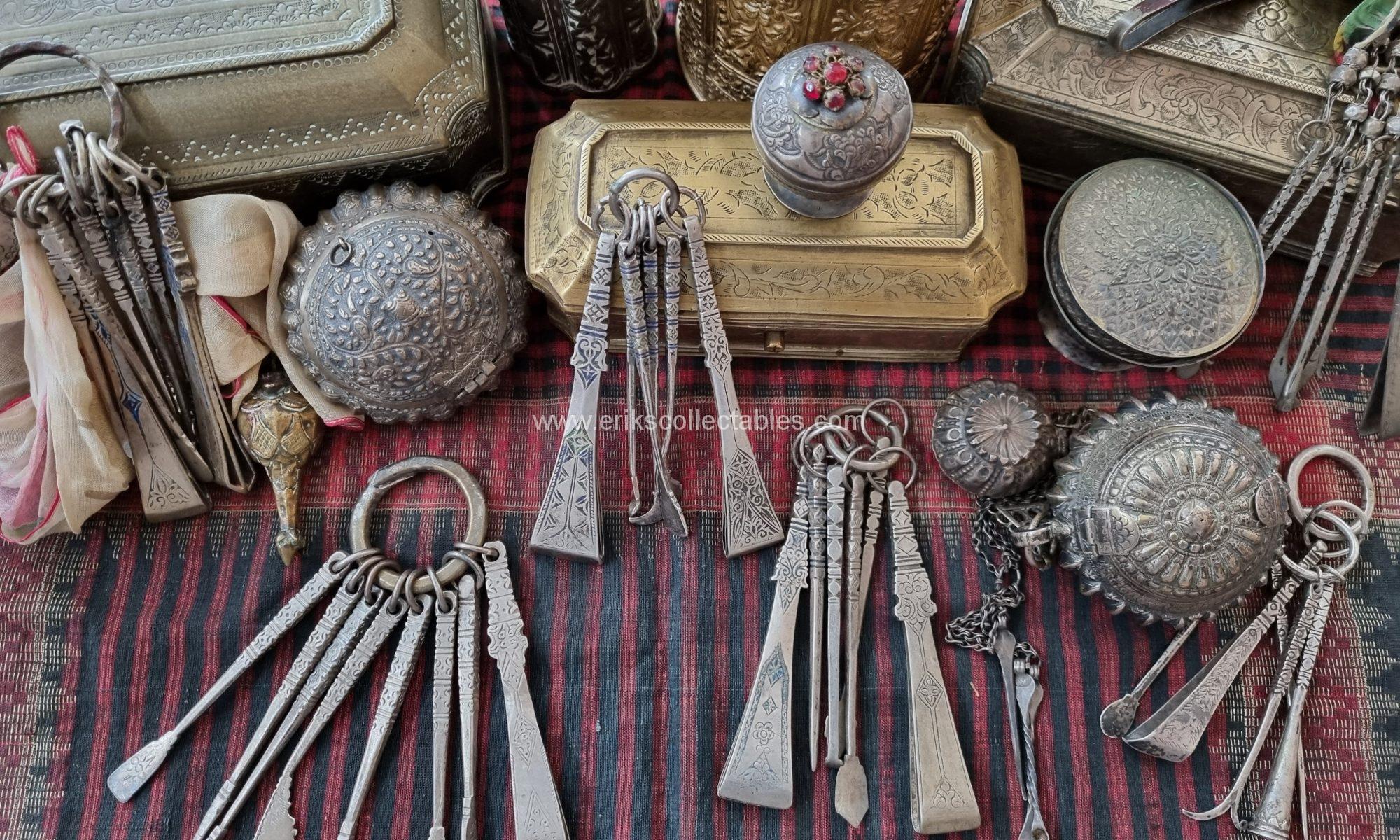Binnenlands Bestuur
Het Binnenlands Bestuur (BB) van Nederlands Indië vertegenwoordigt Nederland in de kolonie en heeft daar brede civiele bestuurstaken van algemeen bestuur tot rechtsspraak. Daarnaast is er het Inlandse Bestuur (IB), de regenten, die gekozen worden uit de traditionele adel van de regio’s van sultans tot koningen en prinsen in samenwerking en ondersteunt door het “Nederlandse” Binnenlands Bestuur. Het civiele bestuur is hiërarchisch ingedeeld net als bij hun militaire tegenhangers het KNIL. BB kent onder andere de rangen Gouverneur, Resident, Assistent – Resident en Controleur te vergelijken met de officiersrangen van het Indische leger, het KNIL. Natuurlijk zijn er ook diverse rangen onder deze “officieren”.
Een controleur heeft een civiele taak die misschien wel te vergelijken is met die van een burgemeester in Nederland maar dan voor veel grotere gebieden en vaak ook met een veel breder takenpakket.
Op de foto hieronder is Gerritsen nog aspirant Controleur, dus nog in opleiding. De locatie is Sigli te Atjeh.
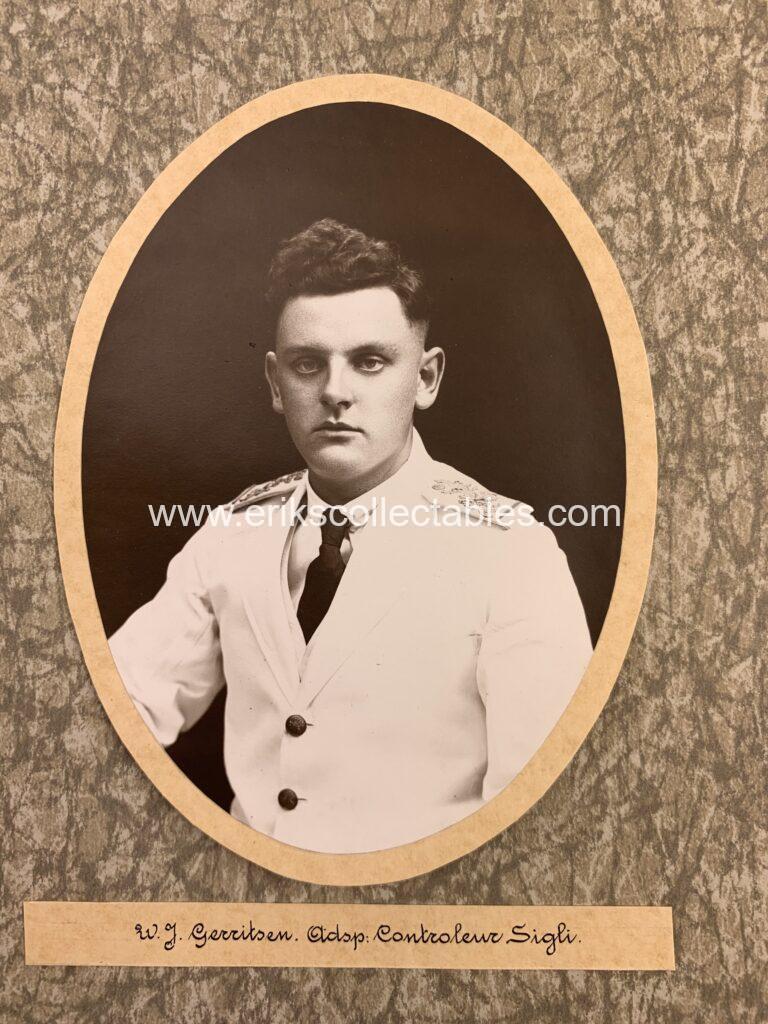
De status van aspirant kreeg hij in 1931 en hij ontving de benoeming tot Controleur in 1933 dus deze foto moet in de tussenliggende tijd zijn gemaakt.
Hij blijft in Atjeh tot 1936 waarna hij wordt overgeplaatst naar de Molukken voor een jaar en daarna een jaar in Borneo. Eind 1938 keert hij weer terug naar Atjeh om zijn carrière daar voort te zetten.
De laatste periode voor de Japanse inval gaat hij naar Java en specifiek naar Buitenzorg waar hij uiteindelijk ook waarnemend assistent-resident wordt.
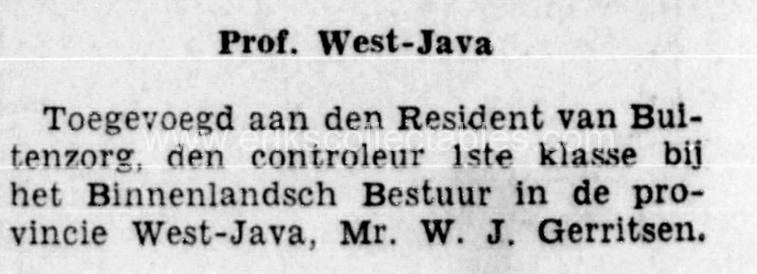
Zijn periode in de oorlog is in de archieven niet direct terug te vinden, er is geen Japanse interneringskaart voor hem in het Nationaal Archief maar de familie weet dat hij de bezettingsjaren geïnterneerd was in Japanse kampen.
Na de oorlog keert hij terug naar Nederland en blijft hij nog in overheidsdienst. Hij wordt lid van de Enquête Commissie Regeringsbeleid 1940-1945 in Den Haag.

Stamboek BB van Gerritsen uit het Nationaal Archief
Etnografische geschenken, Atjeh
Zoals gebruikelijk in het toenmalige Nederlandsch Indië worden door bestuursambtenaren en de inheemse bestuurders (ook wel zelfbestuurders genoemd) regelmatig geschenken uitgewisseld maar ook tussen militaire en civiele bestuurders is dit het geval. Zeker in Atjeh waar de samenwerking tussen civiel en militair bestuur van oudsher intensief is en waar de omstandigheden (hoeveel onrust heerst er) veelal bepalen of het militaire of het civiele element de overhand heeft.
In de nalatenschap van Gerritsen bevonden zich enkele items die verband houden met zijn functie als controleur in Atjeh en Borneo. Een grote en een kleine sirihdoos, een theedoos en een brievenopener in de vorm van een rentjong, allen van zilver.

Rentjong en sirihdozen
De rentjong is de nationale dolk van de regio Atjeh op Noord-Sumatra. Gebruikt als wapen maar ook als statussymbool. In de periode vanaf eind 19e eeuw wordt het niet meer toegestaan om wapens te dragen door de lokale bevolking dus ook de productie neemt af alhoewel erfstukken nog steeds doorgegeven worden aan de volgende generatie. Tussen civiele en militaire ambtenaren is het gebruikelijk bij het wisselen van standplaats een lokaal cadeau te geven. Voor Atjeh moet dat de rentjong zijn. In dit geval een briefopener in ongemerkt zilver maar van een hoge kwaliteit vakmanschap.
Ter vergelijking een ander exemplaar eveneens uit de jaren ’30 dat geschonken is aan een gewestelijk bestuurder (militair die tijdelijk als civiele bestuurder functioneerde). Het lijkt erop dat beide exemplaren door dezelfde vakman gemaakt zijn. De hypothese is dat deze door militaire bestuurders van Atjeh aan de civiele bestuurders werden gegeven op een moment van afscheid. Mogelijk staat de maat van de rentjong in verband met de hiërarchische rol (meer zilver dus duurder cadeau bij een hogere rang).
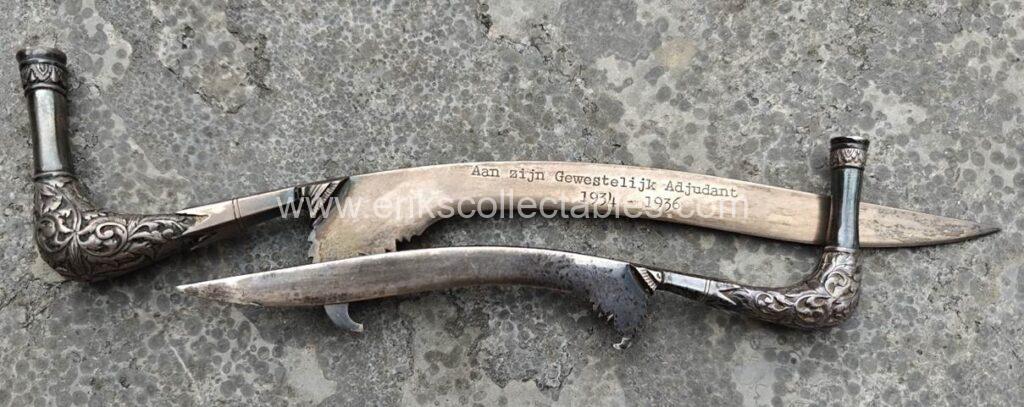
Het onderste exemplaar is van Gerritsen. De bovenste is door Kolonel Bongers geschonken aan zijn gewestelijk adjudant.
Sirih, ook wel betelpeper is een plant waarvan de bladeren gekauwd worden in combinatie met de Arecanoot. Dit is een traditioneel Aziatisch gebruik dat op veel plekken terugkomt en ook op Sumatra en in Atjeh gebruikelijk is. De sirih wordt bewaard in speciale doosjes. Er zijn eenvoudige koperen versies maar ook luxe versies in goud en veel ertussen. Wat overeenkomt is de vorm, laag, langwerpig en met 8 hoeken. Deze komen vooral op Sumatra voor en met name in Atjeh maar ook elders in de archipel vind je soortgelijke dozen.
Hier gaat het om een normaal en een klein exemplaar. Deze versies zijn luxe uitgevoerd in zilver, suassa (een legering van koper en goud dat een mooie rosé kleur oplevert. Naast sirih was ook tabak een lokaal traditioneel genotsmiddel. Dit soort dozen wordt meestal omschreven als sirihdoos maar soms ook als tabaksdoos. Een scheiding in de doos komt vaak voor.
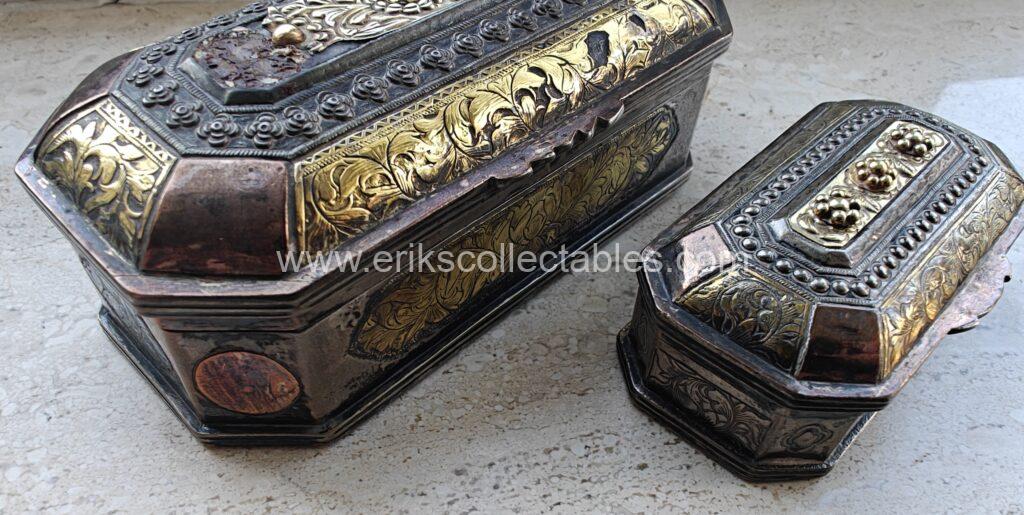

Hieronder een foto van Gerritsen (midden) met twee collega’s van het BB in Atjeh.
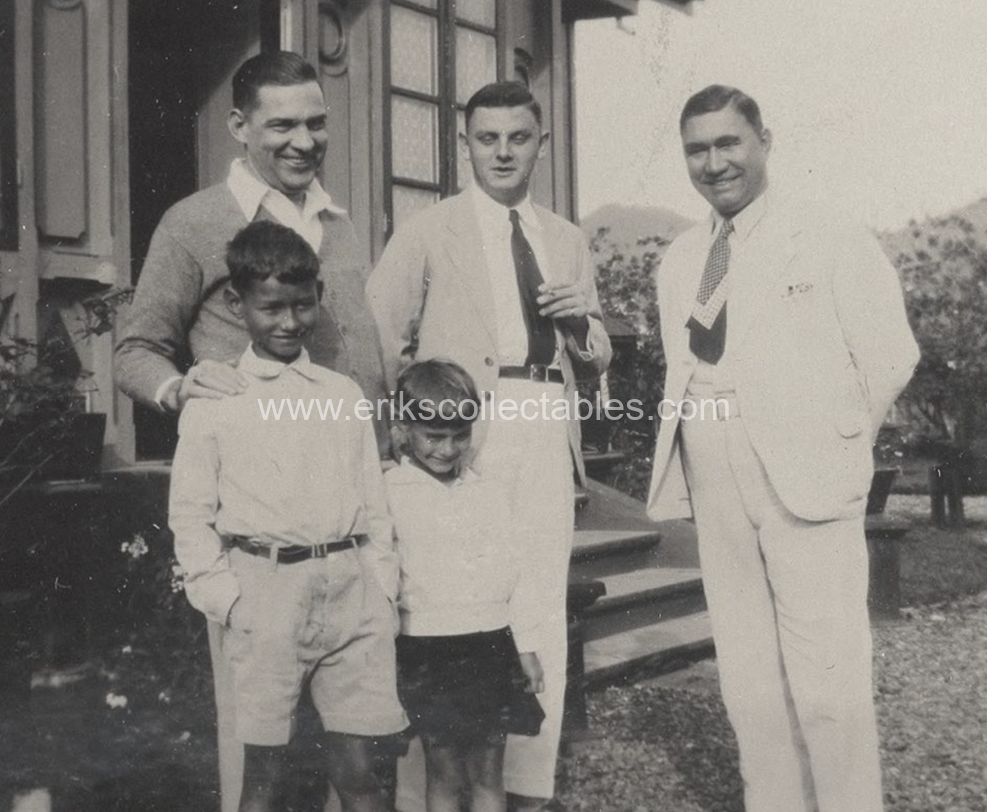
De heer G.L. Tichelman, de heer Gerritsen en de heer Beets (assistent-resident Gajo- en Alaslanden), foto van het KITLV
Theedoos uit Borneo
In de periode eind 1937 tot eind 1938 is Gerritsen als Controleur in Borneo geplaatst in de omgeving van Pontianak. In die periode krijgt hij van de inheemse bestuurder in zijn regio ook een fraaie theedoos geschonken. De inscriptie op de onderkant van de doos helpt bij het determineren van de oorsprong!
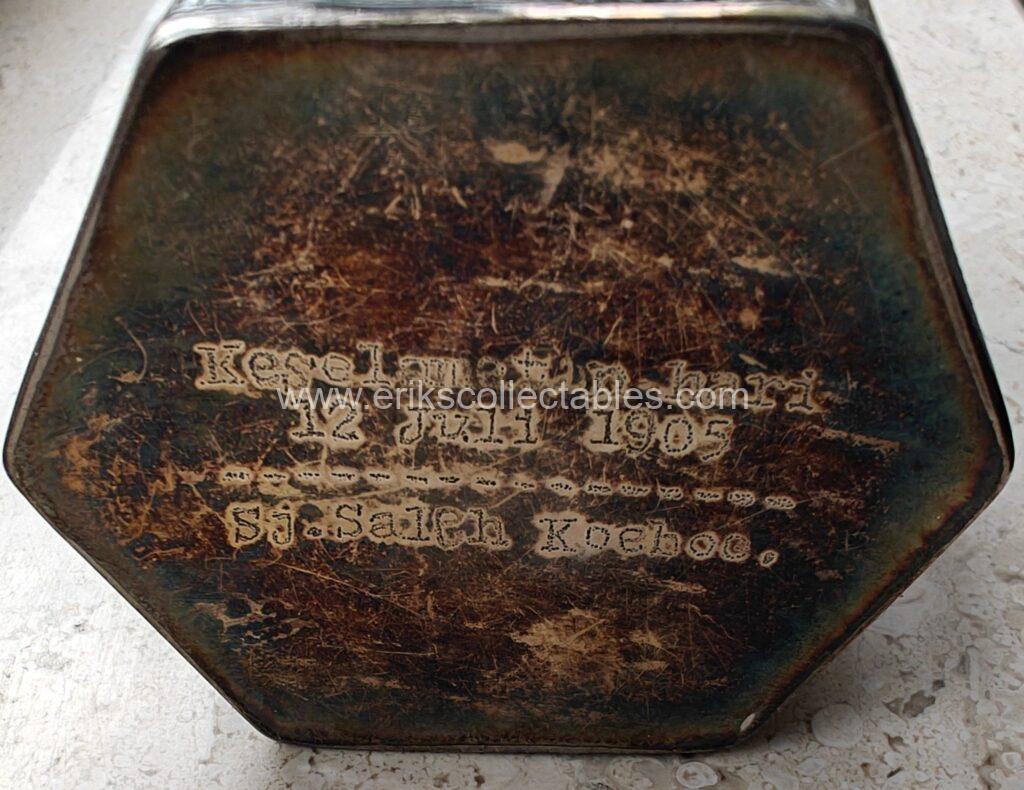
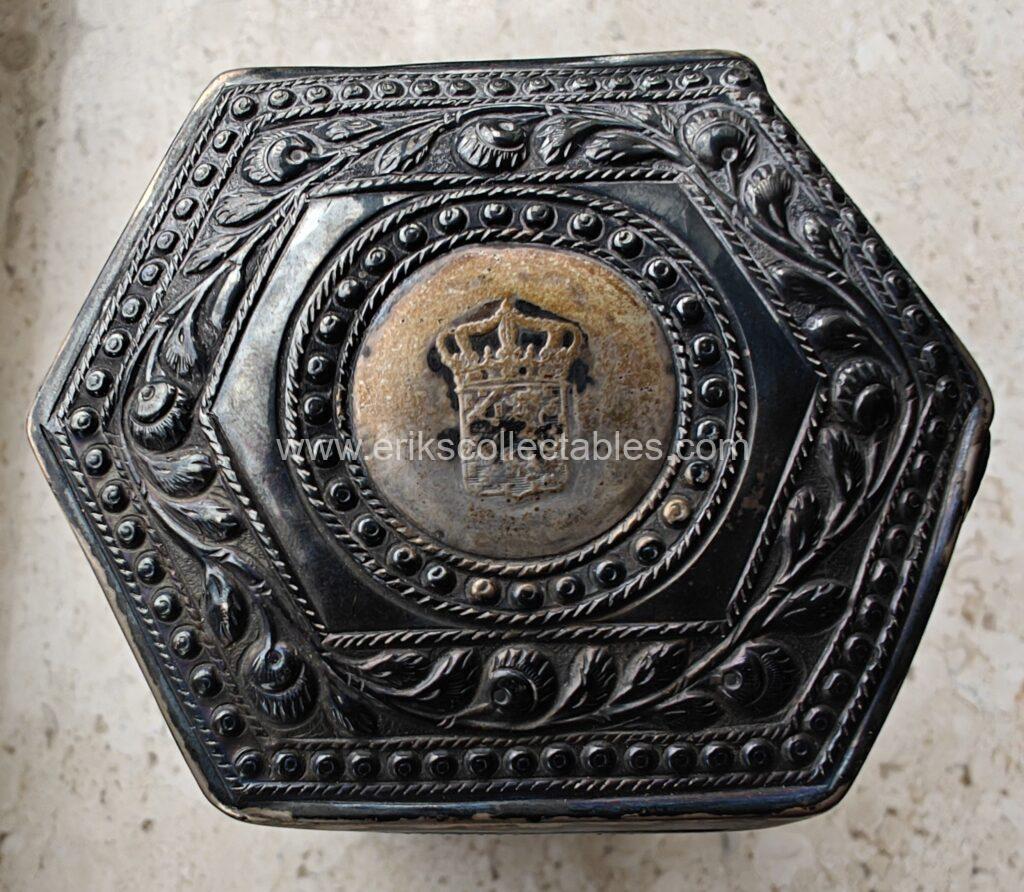
De datum die op de onderkant staat is de geboortedatum van Gerritsen de tekst erboven lijkt te betekenen dat het om een verjaardagscadeau gaat (reddingsdag?). De schenker staat onder de streepjes genoemd Sj. Saleh Koeboe. Gerritsen heeft 2 verjaardagen in de regio maar waarschijnlijk heeft hij deze niet bij aankomst maar bij vertrek gekregen wat het jaar van schenking op 1938 brengt.
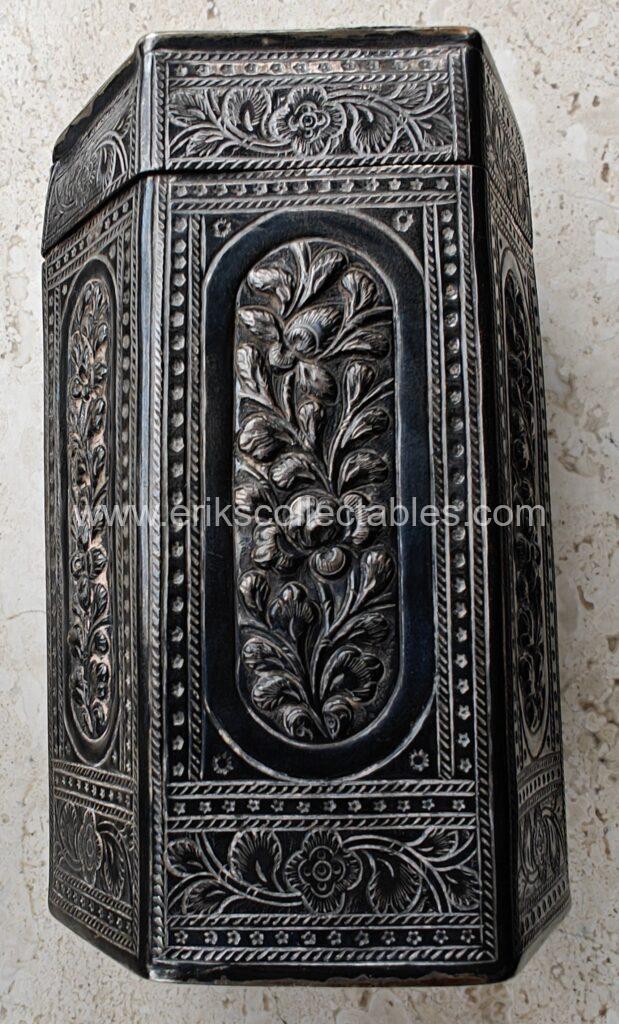
Voluit gaat het bij de schenker om Sjarif Saleh die in 1922 benoemd is als zelfbestuurder van Koeboe (nabij Pontianak) en dit blijft tot 1944 wanneer hij door de Japanse bezetter vermoord wordt. Dit lot treft een grotere groep lokale bestuurders in deze regio op verdenking van sabotage van de Japanners.

Het is een fraaie zilveren doos op de bovenkant voorzien van het Nederlandse rijkswapen (mogelijk een aangepaste munt) wat de rol van Gerritsen als vertegenwoordiger van Nederland zou kunnen symboliseren.
Etnografische items met een duidelijke provenance zoals deze zijn relatief zeldzaam buiten de musea collecties daarom is het belangrijk dit soort informatie vast te leggen voor de toekomst!
